Every Filipino has a favorite ensaymada. In most cases, it is a coiled bread made with flour, yeast, eggs, sugar, and salt, topped with a type of lard, and sprinkled with sugar and cheese. But time—even location or innovation—has proven how the basic recipe for ensaymada has been altered to cater to varying tastes and preferences.
There may be milk, butter, or potatoes added to the base recipe to make it softer and fluffier. Butter, margarine, or some type of sweet spread has replaced lard to modify richness. The cheese topping has transitioned from the simple cheddar to every type of salty-tangy-sweetish cheese. Among these, of course, queso de bola remains a top favorite.
These days, measurements of key ingredients, techniques, and baking procedures vary from one ensaymada to another. One can also expect a different type of ensaymada on specific occasions. The panaderia-style ensaymada is enjoyed on simpler days, whether consumed early in the morning or mid-afternoon as merienda. The more special ones, topped with the finest cheese and a slew of luxurious toppings, are reserved for celebrations, especially during Christmas. The grilled ensaymada, on the other hand, is a must on rainy days.
With all these varieties of such humble bread, one would discover a personal favorite without much challenges. Here now are five popular types of ensaymada in the country:
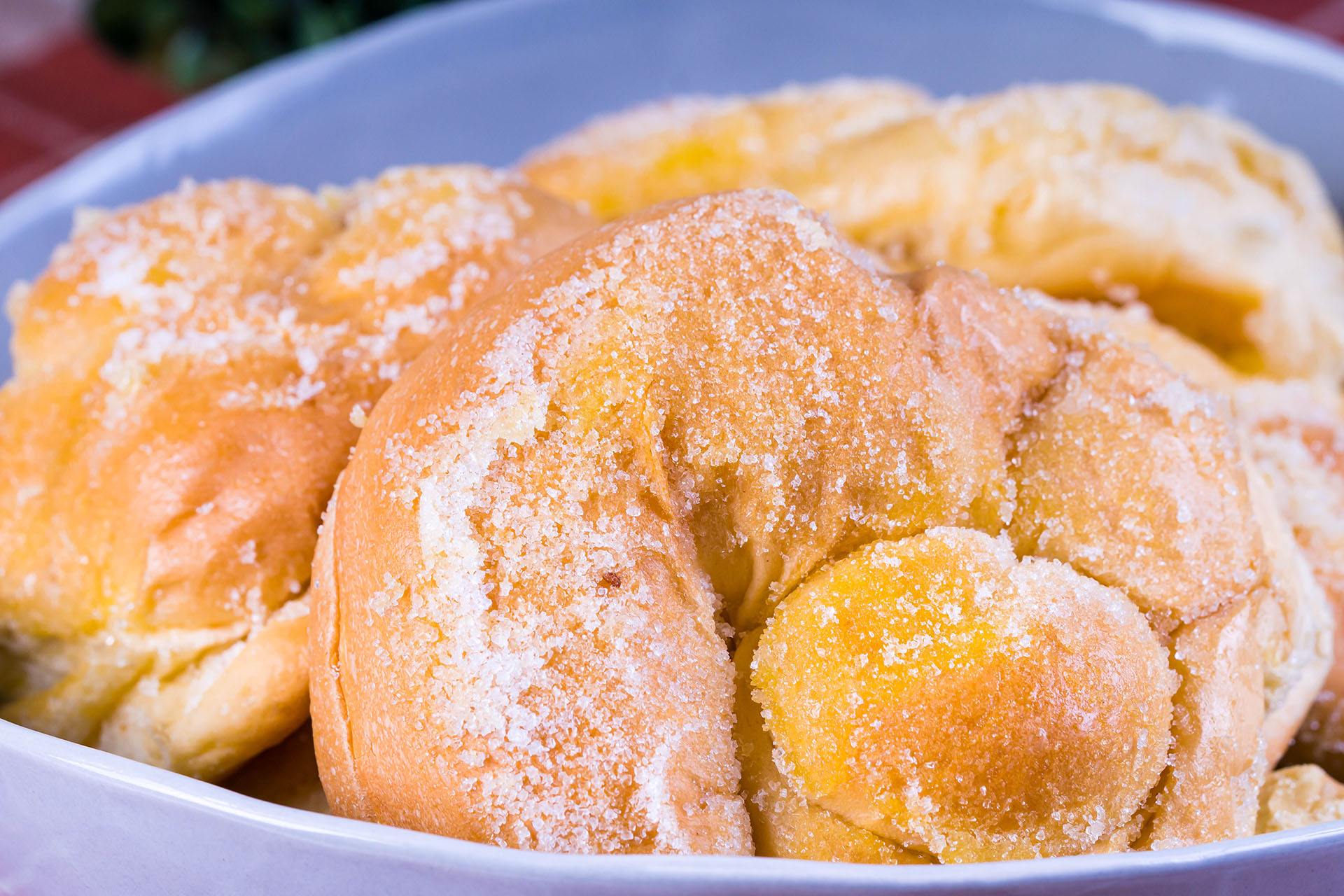
Panaderia-style Ensaymada
- This is the affordable type of ensaymada sold at panaderias and local bakeries.
- It is typically coiled and not as puffy as other versions. It is denser and more compact.
- It is usually colored a rich yellow and topped with only margarine and sugar.
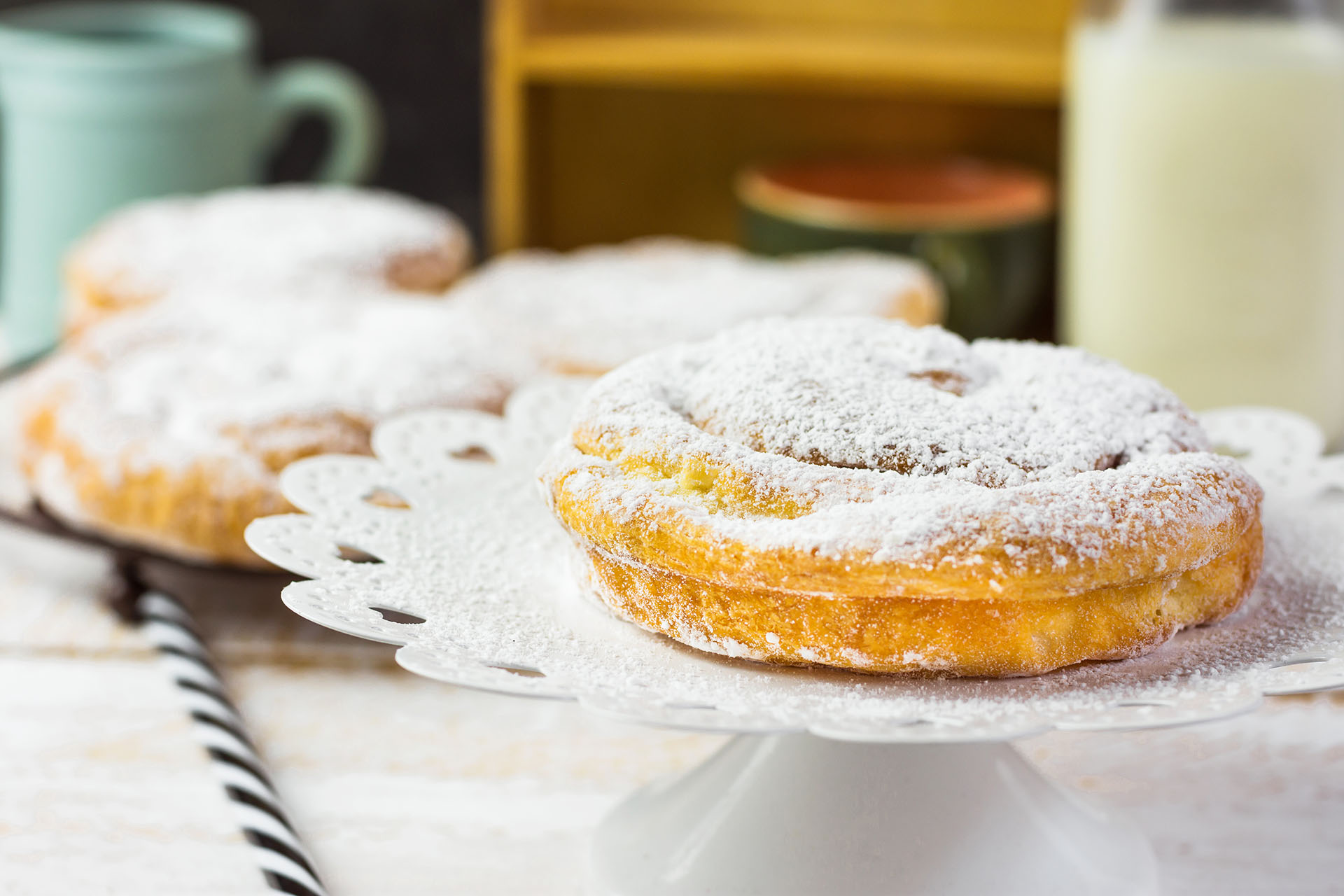
Spanish-style Ensaymada
- Inspired by the original ensaymada from Mallorca, Spain, this type is denser and heavier.
- This is breadier than other types of ensaymada, as its crumbs are compact but still quite tender.
- This ensaymada is also flatter, as it is cooked on a baking sheet.
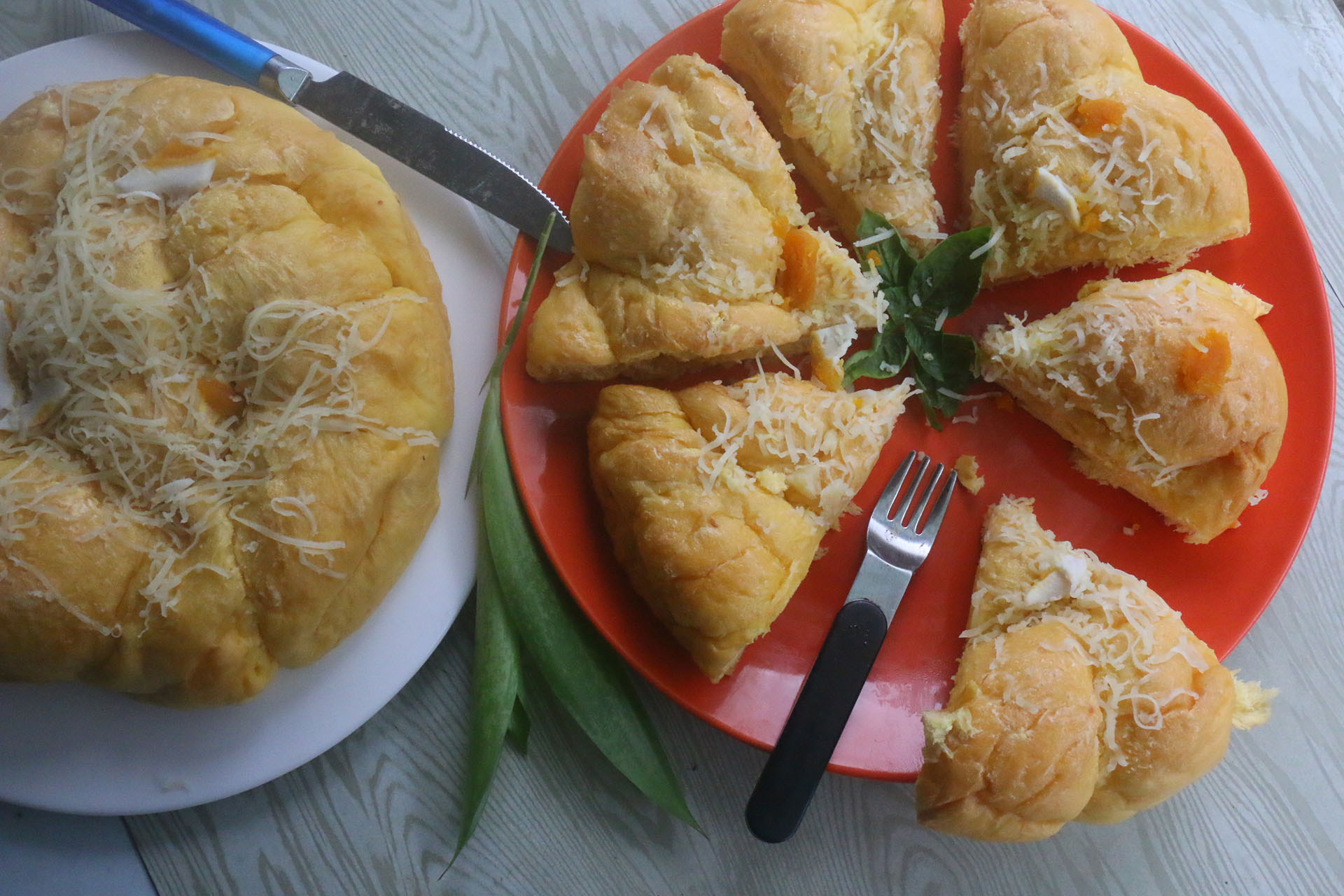
Pampanga-style Ensaymada
- This kind of ensaymada is best described as rich and luxurious.
- Usually larger than a single serving, this ensaymada uses the best ingredients in large quantities, especially egg yolks and butter.
- It is bready and tender at the same time. Its richness permeates inside as it features golden, flaky, buttery layers.

Bulacan-style Ensaymada
- In terms of texture, the Bulacan-style ensaymada is much like the Pampanga version.
- The main difference is in its choice of toppings. Aside from margarine or butter and cheese, it also features salted egg slices.
- In more affluent families, ham slices are used instead of salted eggs to create a salty-sweet balance.
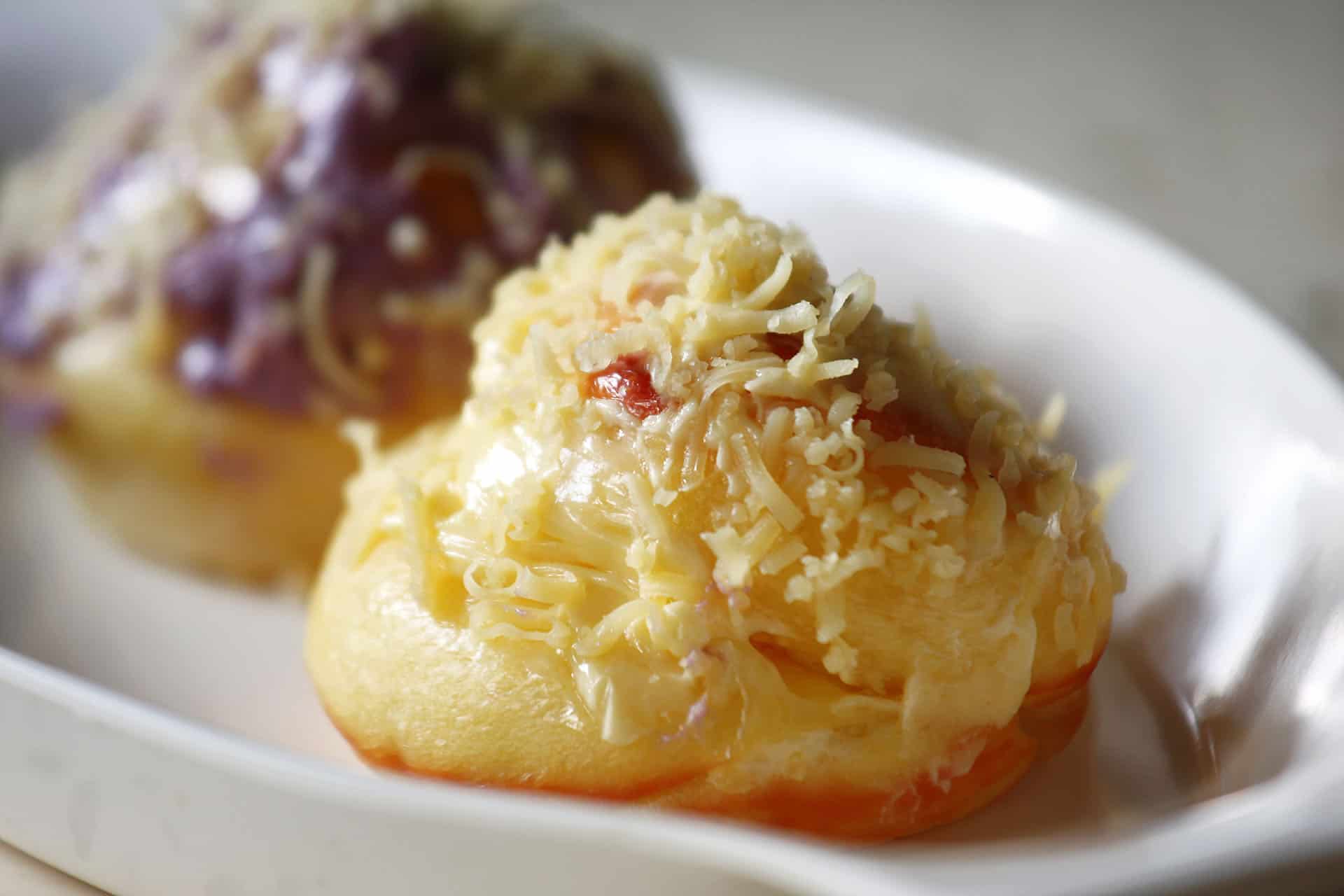
Modern Ensaymada
- This is the kind of ensaymada popularized more recently. Its texture is usually very soft, much like an enriched brioche.
- Outside, the color is paler instead of a rich yellow, while inside, it is very airy.
- It is usually generously topped with rich butter and fine queso de bola. Some variations also feature more novel toppings like chocolate and ube.

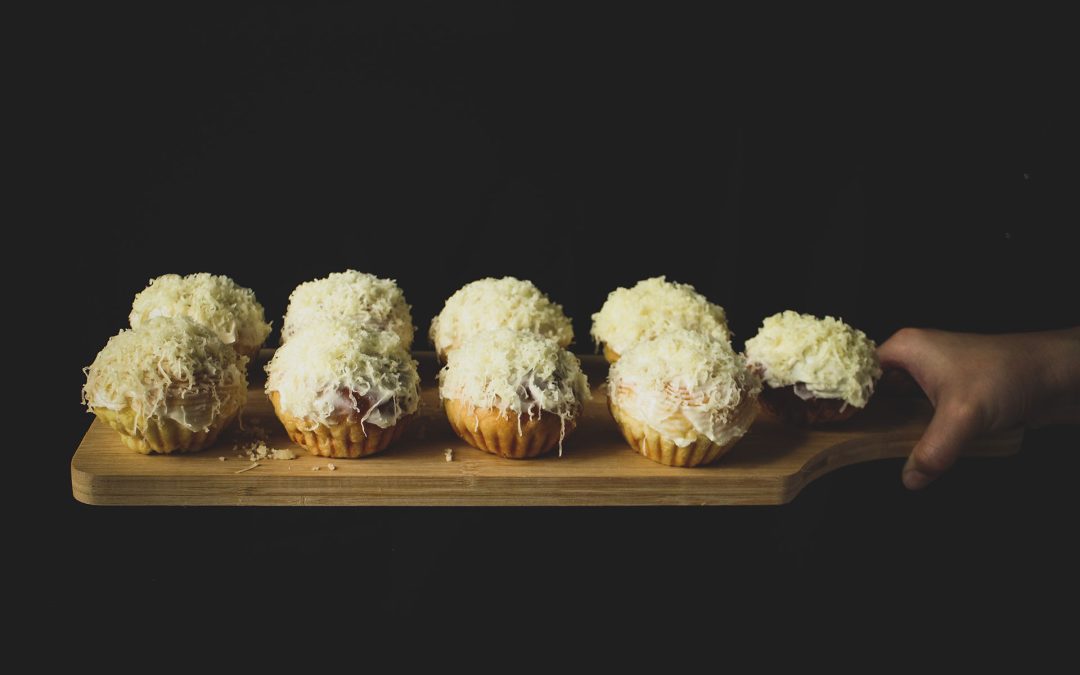
Recent Comments